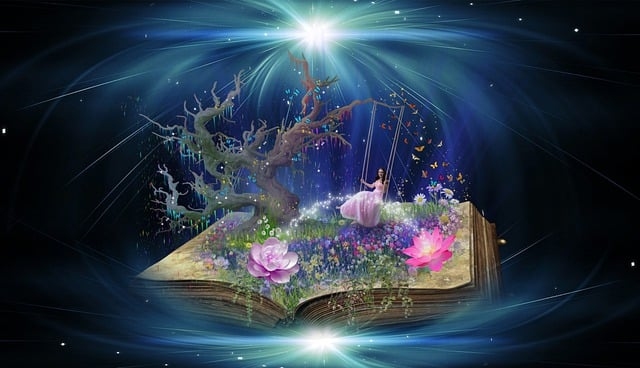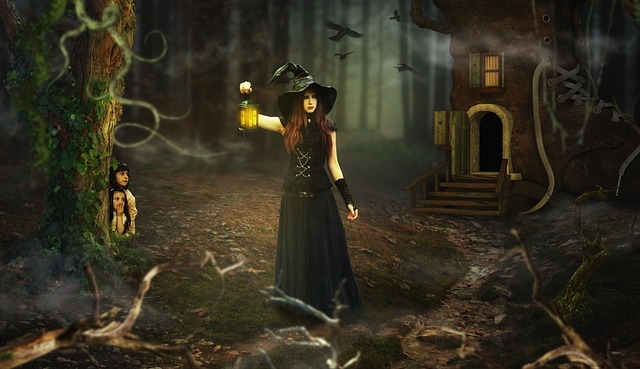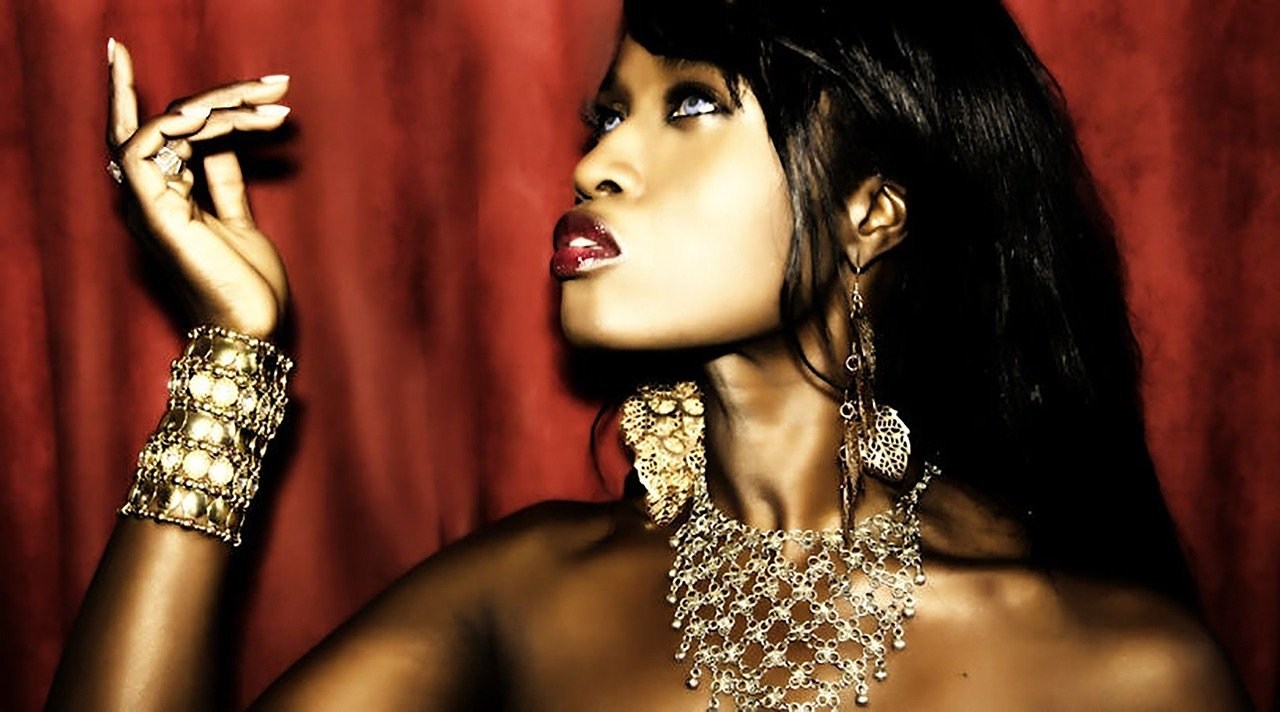
For centuries when slave ships came from Africa to the Americas, many captives brought over their native ancient religions, and in some cases occult practices and a knowledge of roots and herbs. Each large ethnic group of Africans had their own types of native religions, witchcraft, and medical treatments that were at least somewhat different from the other groups, and these all became known as voodoo. After being forcibly converted to Christianity, the vast majority of these slaves did not at all abandon their old ways, and practiced their religion in secret.
Some elements of Christianity, as praying to the patron saints and to Jesus Christ, the images of the cross, and the sacred heart, as well as pictures of Jesus Christ were incorporated into the practices of voodoo. Probably the most familiar aspect to the average population regarding voodoo is the voodoo doll. The voodoo doll is a very small human looking doll that is normally made of a black cloth. Sometimes the doll contains actual hair samples of the intended targeted person. Very small hair clippings obtained when the person’s hair was cut and secretly taken. Voodooists believe in an occult physical bond exists between a person and such a thing.The voodoo doll then undergoes various prayer rites believed to give it some sort of magical power. Such activities can be praying to an avenging deity, while burning black candles to symbolize death and burning red candles to symbolize blood and the burning of powdered sulphur to produce a foul odor to attract destructive forces.
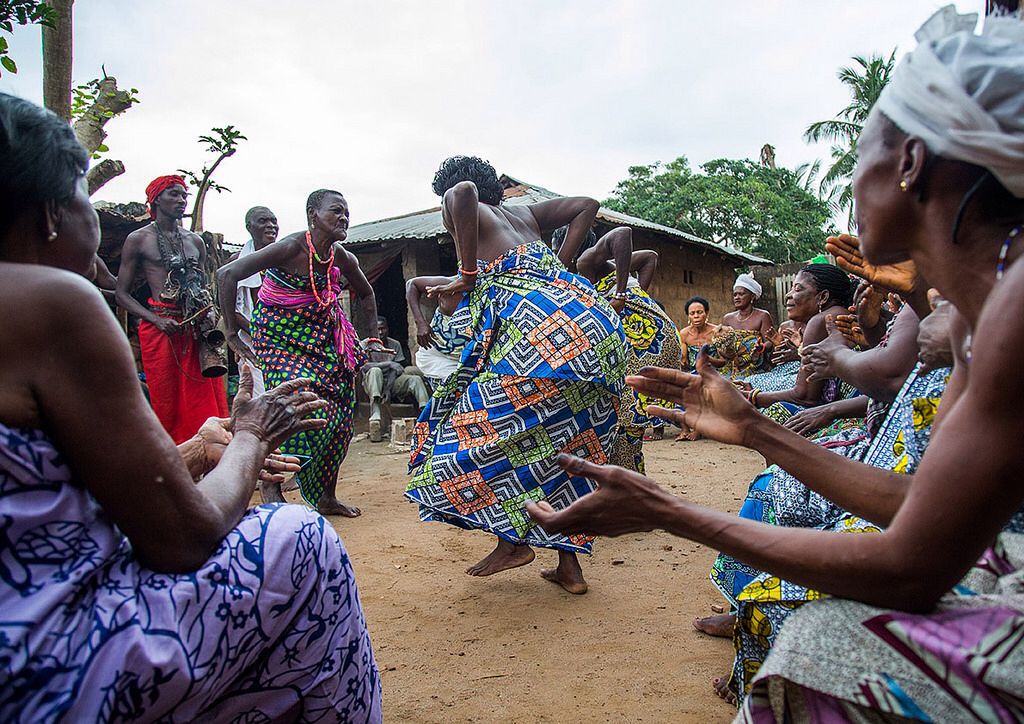
After such an operation, a very long sharp pin is pierced into the doll to correspond to the actual part of the body of the intended person. A pin jab into the doll can either be meant to kill or to inflict pain and damage; usually the deep pin jab is meant to cause death. Skeptics say the voodoo rites and the voodoo doll have no type of magical powers at all and it is only the person’s great personal fear of voodoo that produces harm to the person. In voodoo rituals, sometimes a small animal is killed, as a chicken is beheaded with blood spurting all around. The gruesome animal sacrifice is used to appease a blood thirsty voodoo divinity or spirit being to grant a favor for the voodooist. In voodoo rituals, sometimes various powders and anointing oils or anointing animal blood is used. The powders can include graveyard dust; dirt or the ashes of a burnt frog. In some voodoo ceremonies, there are dances where the voodoo priestess does a sacred dance with male musicians banging on drums.
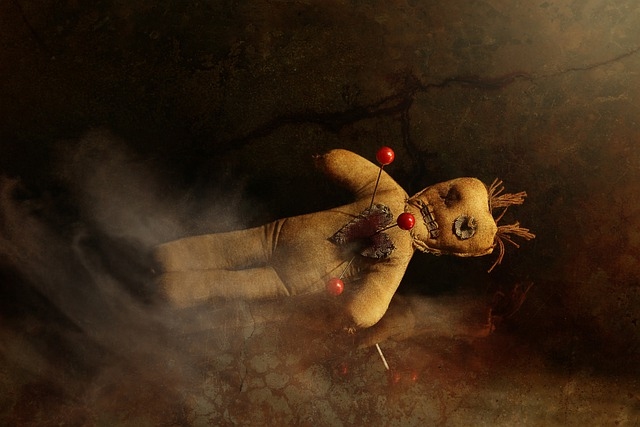
There have been times when young voodoo priestess have danced naked in such rituals.In voodoo, sometimes there are big long living snakes used in ceremonies. The snakes are not harmed. Various branches of voodoo, not all, consider snakes as sacred animals and some sects within voodoo even worship the snake as a deity going back to African antiquity. Voodoo makes use of many symbols, drawings; images that represents deities, animals, forces of nature as part of its religious; occult ceremonies. A voodoo priest or priestess traditionally knows about various roots and herbs to cure or treat various sicknesses, diseases, or injuries. Many of these medical plants would be plants grown in Africa and a great many of them were brought to the Americas over the centuries. Some knowledge of healing plants that the voodooist became exposed to was from living within white communities and some healing knowledge came from living close to Native American Indian tribes.
Probably the most common form of healing plant use in voodoo is in the form of curative or healthy teas to drink. Because voodoo practices have their origin in Africa, sometimes a voodoo shaman, with knowledge of healing arts, is referred to as a “witch doctor”. Besides alleged ritual spell casting, voodoo also uses alleged charms, amulets, and talismans. A voodoo charm often involves taking a small cloth or animal skin bag that is connected with a large flexible thick string or rope. These bags are worn around the neck and their main use was as money bags that would contain paper currency and coins. The idea came about to carry another bag around the neck to act as a “magical bag” for good luck or protection while traveling. Traditionally, the magical bag would be a red flannel bag and the straps were often leather. An example of a good luck magic bag, reputedly, could contain such items as a small number of roots that are called “lucky hand roots”(because of their uncanny resemblance to a human hand), the plant called “five finger grass”, a few four leaf clovers, a bloodstone (mainly a greenstone with red iron oxide spots on it: said to be the blood of Jesus Christ when he was on the cross), and a loadstone (a stone which is a natural magnet that is believed to attract; “pull in” good; beneficial occult forces). Sometimes a voodoo priest or priestess would do a blessing ceremony to imbue the bag with reputedly extra “magical” power.
Some voodoo vocabulary words: “mojo”-magic, mojo bag- magical bag for good luck, success, protection, etc. “loa”-powerful spirit force; being; at times understood as to be a god or goddess; “gris gris”-a charm, amulet, or talisman; “oungan”- priest of voodoo; “manbo”-priestess of voodoo; “ju ju”-an object that has been deliberately infused with magical power or the belief system that involves such use. Voodoo has a number of deities or spirit beings it prays to; because there are various sects within voodoo; there are common supernatural entities all branches of voodoo pray to, and there are certain supernatural entities that only members of that particular sect of voodoo pray to in their religious; occult ceremonies; rituals.
